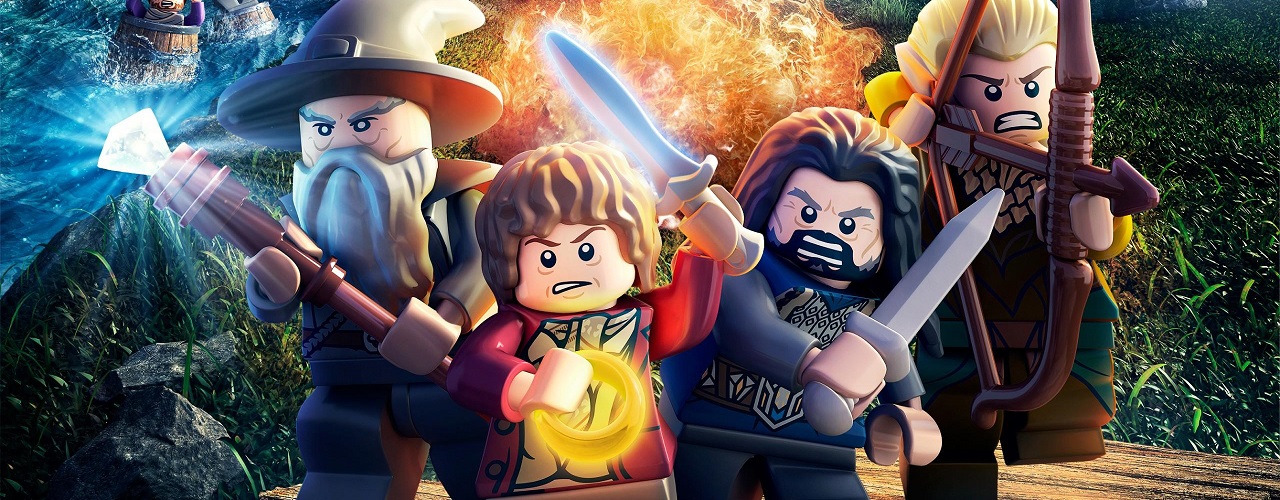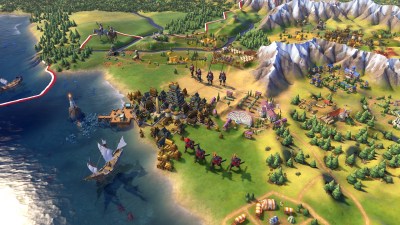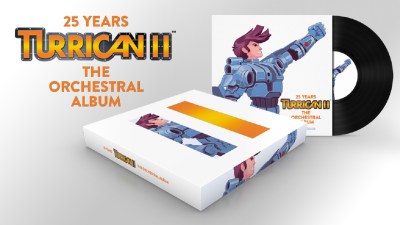Any parent knows the pain of stepping on an unseen LEGO in the middle of the night. These days, Traveller’s Tales and Warner Bros. is allowing LEGO (yes, that’s the correct term - the company actually has an official policy on the subject) to take over more then just the floors of our houses.
Traveller’s Tales has been developing Lego games for quite some time, of course; since LEGO Star Wars, they’ve gone on to tackle Indiana Jones, Batman, Harry Potter and The Lord of the Rings. They even crafted an original experience not based on a license with Lego City Undercover. And, of course, we’ve battled the forces of evil in last year’s LEGO Marvel Superheroes.
Now it’s time to shrink down, grab your wizard hats, battle dragons, and prepare yourselves for LEGO: The Hobbit.
Every year we’re gifted with a couple of new installments in the LEGO franchise, and while they’ve occasionally wobbled slightly, they haven’t let us down. It seems that with every new release, Traveller’s Tales keeps improving and refining their formula, making each game more enjoyable than the last. Of course, there are still a few things here and there that we wish they would put an effort in to fixing, or features that we keep hoping they’ll add in to the next LEGO game - and they’re often rather buggy experiences - but those small things don’t stop us from playing them over and over again.
LEGO: The Hobbit follows the first two Hobbit movies that have been released, allowing players to team up Bilbo Baggins with that lovable group of Dwarfs, all in an effort to take back their homeland of Erebor from the dragon Smaug. Traveller’s Tales is no stranger to making adaptions to a movie series, of course. But with only two of three films released so far, LEGO: The Hobbit finishes at a rather awkward moment. It creates an awkward, incomplete feeling. However, that doesn’t take away from the fun of watching some of the most serious scenes from the movies re-enacted with Traveller’s Tales comical LEGO twist.
On current-gen consoles such as the PlayStation 4 and the Xbox One, this is the first LEGO game in the franchise to really take advantage of the new hardware. The graphics for The Hobbit are pushed to their max, resulting in nearly perfect lighting schemes and high resolution textures throughout the entire game. The developers have really taken the LEGO franchise to new visual limits with this release, setting a new standard for what they can do in the future. But even playing on the previous console generation, LEGO: The Hobbit is still one of the most beautiful LEGO games to date.
LEGO: The Hobbit offers players what they have come to expect from the franchise, providing ample amounts of exploring, problem-solving and - you guessed it - LEGO. Once more, we’re brought in to Middle Earth; and though a few models are recycled from Lego: Lord of the Rings, it doesn’t stop us from trudging across the lands, fighting off Orcs and Dragons in LEGO form. As always, we’re granted a large cast of characters from the movies and a solid storyline. But with drawn illustrations narrated by Christopher Lee – the one and only Saruman – Traveller’s Tales reminds us very fashionably of the story unfolding around us, just in case we forget or get distracted - which is quite easy to do in LEGO games.
As is with every franchise game to date, the co-op play is a big deal, allowing players to reach places they can’t reach on their own and offering an all new layer of entertainment. But in LEGO: The Hobbit, a new element is introduced. When playing co-op, two people can be in two completely different places now, causing the screen to split in half. What’s frustrating about this is if one of the players speaks to an NPC, it will cause their half of the screen to take up all of the screen, forcing the other player to stop what they’re doing and listen to what’s going on with the other player. This can become rather annoying, particularly when we were in the middle of a shoddy platform jumping spree to reach a secret item, which are hidden throughout every level.
If that isn’t frustrating enough, you might find yourself growing annoyed when you realize the LEGO object you are trying to build requires “special loot”. Obtaining this loot usually requires you to go on quests through the game’s large environments looking for that one object. It can be rather tedious, and at times it feels like LEGO: The Hobbit took some lessons from role-playing games and MMOs. It makes things much more complicated, having to collect things like gems, metals and food to perform these special builds. If you don’t have the items you need, you can buy them - though they are quite pricey. It makes things much less desirable and somewhat compromises the pacing of the game.
However, despite the letdown of the new loot system, Traveller’s Tales has integrated the LEGO Instruction Builds mini-game from The LEGO Movie Videogame – which is where you create things from LEGOs as you select the corresponding parts in a race against time to earn studs. It’s a great idea on Traveller’s Tales’ part, and the source of plenty of fun. These mini-games appear in many different forms throughout the entire game, such as when you need to mine a nearby area for pieces to build a bridge, or when Gollum’s riddles require you to build the answer. It’s a nice addition in LEGO: The Hobbit, and hopefully it’s something that will be used one way or another in future LEGO installments.
Aurally, LEGO: The Hobbit’s is a mixed bag. Lines are borrowed from the two Hobbit movies and using the cuts for major pieces of dialogue. It’s distracting at times, but can be generally overlooked due to the rest of the sound quality of the game. Despite the spotty voice acting, with its engaging music and sound effects, The Hobbit can be rather enjoyable to the ears.
What we can’t overlook, however, is a problem that we keep seeing time and time again. You would think by now that Traveller’s Tales would fix the long-standing issues which seem to plague every single installment. The game freezes at random intervals, requiring a reboot. If it wasn’t for the fact that this happens in every LEGO game so far, we might have been able to ignore it completely; but we just can’t help but wonder when this known issue will be addressed. On top of that, there’s a few times where the questing bugs out and we complete a quest that the game doesn’t acknowledge us completing, leaving us in a bit of a loop. Both of these problems have been reoccurring issue since LEGO Star Wars: The Video Game back in 2005, and we are getting rather tired of seeing it after so many years.
LEGO: the Hobbit may not have the best story, it may be incomplete, and it may be taking away from the child-friendly aspect with it’s more complex activities and mini-games, but it doesn’t make it any less enjoyable. LEGO: The Hobbit offers a new benchmark for the franchise. Despite its flaws, LEGO The Hobbit is still entertaining and compelling, and comes recommended to anyone who is a fan of the LEGO franchise or Tolkien’s Middle Earth.


